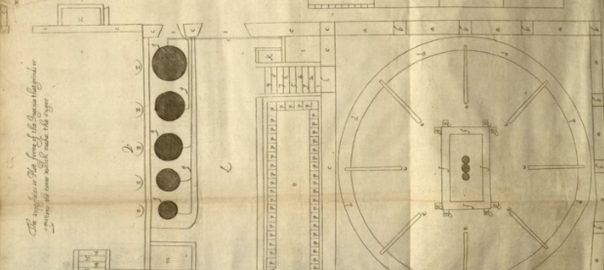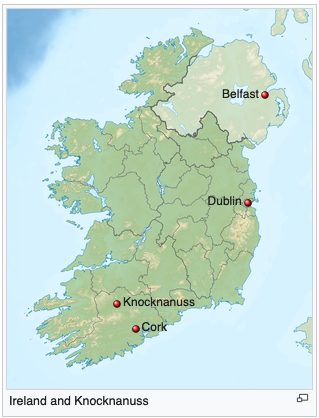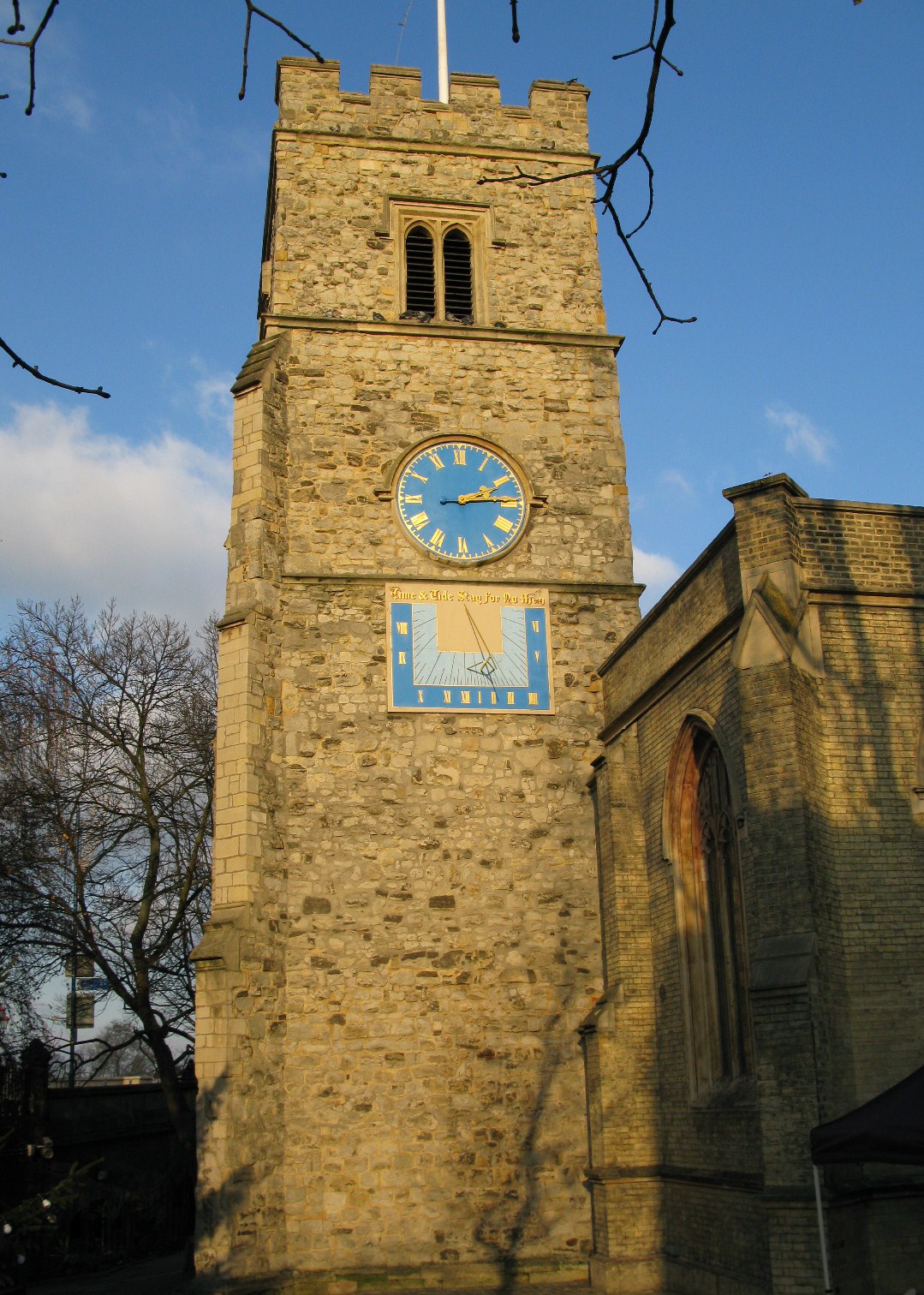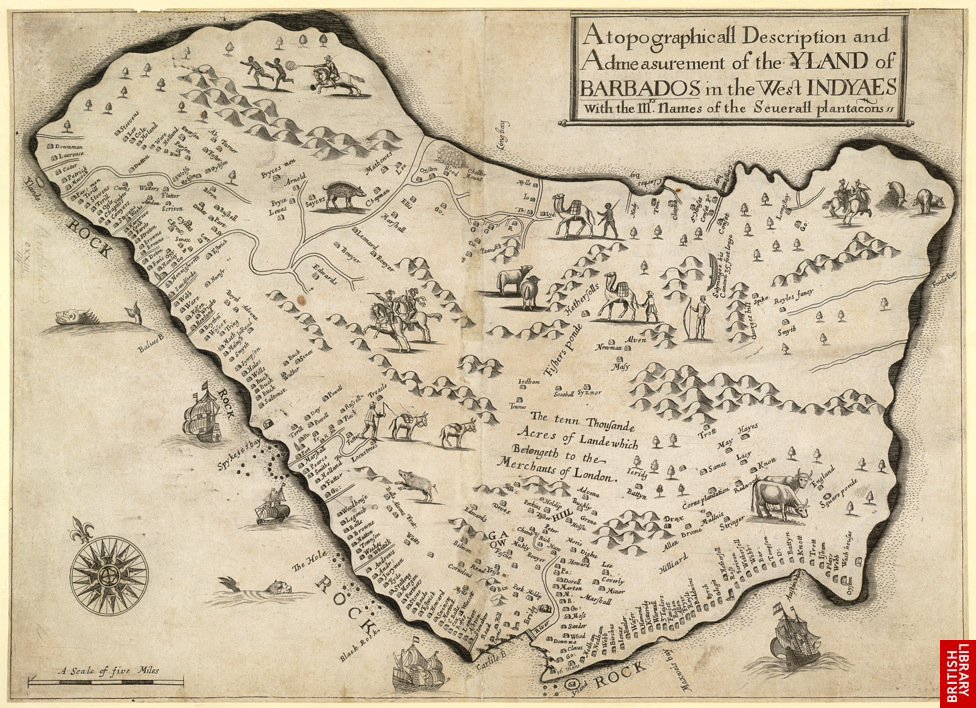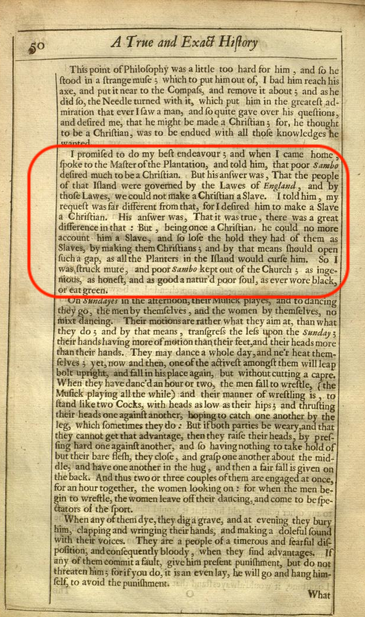1647 CE saw continuations of most of the big story-lines we’ve been following for some years now. And (spoiler alert!) 1648 will be a huge year in geopolitics. Here are three smaller but still notable developments of 1647.
A battle in Ireland
The position of the Confederate movement that had emerged in Ireland earlier in the 1640s was anomalous. It was a movement of longtime residents of Ireland, both Gaelic and Anglo-Norman, who were strongly opposed to the (Protestant) English king’s policies of implanting Protestant settlers into Eire but that did not seek to challenge the Royalist cause that the king represented. Still, in the context of the civil conflict inside England, the Confederates backed the King, while the Protestant settlers (implanted there largely by the king) backed Parliament.
In the fall of 1647 these contradictions came to a head. Murrough O’Brien (later created the Earl of Inchiquin), commander of the English Parliamentarian forces in Cork, led a pitched battle in Knocknanuss in southwest Ireland against a similarly sized Confederate force under Viscount Taaffe.
English-WP tells us this happened:
The battle… was essentially an uncoordinated rout of the Irish forces. Taaffe positioned his men on either side of a hill, so that they could not see one another. The result was that one wing of the Confederate army had no idea of what the other wing was doing. [Fighters commanded by Taaffe’s lieutenant MacColla] charged the Parliamentarians opposite them putting them to flight and killing a large number of them. Thinking the battle was over, they then took to looting the enemy’s baggage train.
However, on the other wing, O’Brien’s cavalry had charged the raw Irish horsemen, causing them to run away. Despite Taaffe’s desperate attempt to rally them, the Irish infantry followed suit, many of them being cut down by the pursuing roundheads. The pursuit continued for miles and not only resulted in heavy casualties among the Irish, but also in the loss of most of their equipment and supplies… Around 3,000 Confederates died at Knocknanauss, and up to 1,000 English Parliamentarians…
[T]he defeat led to the collapse of the Confederate Catholic cause and forced them to make a deal with the English Royalists.
A debate in Putney (England)
In 1645, the English Parliament had established the nationwide New Model Army. It turned out also to be a “new nationwide mixing-pot” in which huge flurries of new ideas swirled. Most of these had both a religious and social/political dimension. The NMA also had what seemed to be like political commissars in its units. They were even called “Agitators”.
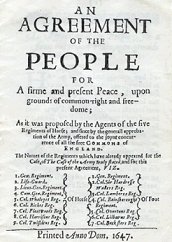
One of the most powerful of the popular movements that emerged from that mix was the “Levellers”, who between 1647 and 1649 issued a series of tracts under the rubric “An Agreement of the People for A firme and present Peace, upon grounds of common rights and freedoms.”
WP tells us that the Levellers called for:
an extension of suffrage to include almost all the adult male population (but excluding wage-earners…), electoral reform, biennial elections, religious freedom, and an end to imprisonment for debt. They were committed broadly to the abolition of corruption within the parliamentary and judicial process, toleration of religious differences, the translation of law into the common tongue…
The reason they excluded wage-workers (whom they conflated with household servants) and those dependent upon charitable handouts from suffrage was because they, “feared that poor, dependent men would simply vote as their masters wished.” This apparently also led them to exclude women from the vote, since, as WP says, “most adult women were married and, as wives, were legally and financially dependent on their husbands.”
In August 1647, the NMA had seized the City of London from the Presbyterians who had previously controlled it, and the NMA then established its headquarters in Putney (now part of southwest London.) Thoughout those months, the agitation of the Levellers and some smaller movements had been growing, probably in response to the failure of the Parliamentary leadership to nail down a political end for the civil war, its failure to pay all the NMA, and an apparent decision to disband the whole NMA with the political issues still unresolved. Finally, the NMA leadership, known as the Grandees, decided they needed to engage the Levellers in a public debate about their ideas. Thus were born the Putney Debates, which lasted for two weeks, starting in late October.
Oliver Cromwell and his son-in-law Henry Ireton led the Grandees team in the debates. The Levellers’ team had six members, including Robert Everard and Thomas Rainsborough, a newly elected Member of Parliament who had previously been a high commander in the Parliamentarian navy. Rainsborough was a Puritan who earlier yet had traveled to the Puritans’ “Providence Island” colony, off Venezuela.
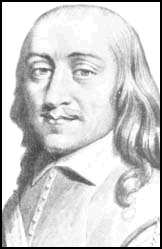
WP tells us about the Debate that:
Cromwell and Ireton’s main complaint about the [Levellers’] Agreement was that it included terms for near universal male suffrage, which Ireton considered to be anarchy. Instead they suggested suffrage should be limited only to landholders. The Agitators, on the other hand, felt they deserved the rights in payment for their service during the war. Thus Thomas Rainsborough argued:
“For really I think that the poorest hee that is in England hath a life to live, as the greatest hee; and therefore truly, Sr, I think itt clear, that every Man that is to live under a Government ought first by his own Consent to put himself under that Government; and I do think that the poorest man in England is not at all bound in a strict sense to that Government that he hath not had a voice to put Himself under…”
And Ireton, for the Grandees:
“no man hath a right to an interest or share in the disposing of the affairs of the kingdom… that hath not a permanent fixed interest in this kingdom.”
The Debates ended when the Grandees, fearing a complete breakdown in discipline in the ranks, proposed that everyone return to their regiments. Three days later, King Charles escaped from Hampton Court Palace, where he had been held prisoner, so the NMA then faced even bigger crises. But the Levellers had made their mark.
A planter in Barbados
Sugar was one of the key commodities that ignited the creation by Portugal, Spain, and more recently England and Netherlands of transoceanic and more specifically trans-Atlantic trading empires. In the process, it spurred and for three centuries fueled a massive “market” for enslaved Africans; and indeed, it spurred and to a significant degree financed the emergence of industrial capitalism in Europe itself– especially in England, Netherlands, and (coming along soon) France.
In the history of empire and capitalism in England, Barbados played a special role as the pioneer in the development by investors and plantation owners of an extensive network of sugar-cane plantations, run by English planters and dependent on the completely unpaid labor of enslaved Africans supplemented by a much smaller number of English laborers working out a time-limited “indenture”. Barbados was English investors’ first chance at participating in the hyper-profitable “Triangular Trade” that took European, in this case English, manufactures to West Africa to trade for enslaved Africans who were then transported to Barbados and traded like cattle to planters for island products like sugar, molasses, and rum; and those in turn would be hauled back to England to make hyper-profits for the investors.
The English had controlled the small (169 sq. miles) island of Barbados since 1625. English-WP tells us this about it:
The settlement was established as a proprietary colony and funded by Sir William Courten, a City of London merchant who acquired the title to Barbados and several other islands. So the first colonists were actually tenants and much of the profits of their labour returned to Courten and his company. Courten’s title was later transferred to James Hay, 1st Earl of Carlisle… [who] then chose as governor Henry Hawley, who established the House of Assembly in 1639, in an effort to appease the planters, who might otherwise have opposed his controversial appointment.
In the period 1640–60, the West Indies attracted over two-thirds of the total number of English emigrants to the Americas. By 1650 there were 44,000 settlers in the West Indies, as compared to 12,000 on the Chesapeake and 23,000 in New England. Most English arrivals were indentured. After five years of labour, they were given “freedom dues” of about £10, usually in goods…
In 1647, as I noted yesterday, an English man called Richard Ligon, who had been a supporter of the Royalist cause which he now saw in tatters in London, traveled to Barbados. He seems to have actually bought half a share in a plantation there. He only stayed a couple of years, but while there he made a careful note of much of what he saw around him. Presumably eager to try to expand the value of his investment, he sought to learn as much as he could about the island, its inhabitants, its natural resources (especially those that might be exploitable)– but above all, about how to make his investment in a sugar-cane plantation as profitable as possible. Ten years later, back in London, he published a 136-page book titled A True and Exact History of the Island of Barbadoes that rapidly became an information source much valued by investors and speculators very excited by the prospects of establishing much bigger networks of sugar-cane plantations on the island of Jamaica, then newly seized by the English from Spanish control.
The whole text of Ligon’s A True and Exact History (2nd edition, 1673) can now be read online here. It has also recently been reissued as an annotated print (or e-book) volume, here. It provides a very informative window into how that business-man viewed the sugar-planting endeavor in Barbados, including with detailed accounting of the rates of profit possible and detailed drawings of how best to build a sugar-mill, how to clothe the enslaved “Negroes”, and so on.
Here is some of what he writes about the Negroes (p.46):
It has been accounted a strange thing that the Negroes, being more than double the numbers of the Christians that are there, and they accounted a bloody people where they think they have power or advantages; and the more bloody by how much they are more fearful than others: that these should not commit some horrid massacre upon the Christians, thereby to enfranchise [empower] themselves and become Masters of the Island. But there are three reasons that take away this wonder; the one is, They are not suffered [allowed] to touch or handle any weapons: The other, That they are held in such awe and slavery as they are fearful to appear in any daring act; and seeing the mustering of our men and hearing their Gun-shot (that which nothing is more terrible to them), their spirits are subjugated to so low a condition as they dare not look up to any bold attempt. Besides these, there is a third reason, which stops all designs of that kind, and that is, They are fetch’d from several parts of Africa, who speak several languages, and by that means one of them understands not another: For, some of them are fetch’d from Guinny and Binny, some from Cutchew, some from Angola, and some from the River of Gambia. And in some of these places where petty Kingdoms are, they sell their Subjects and such as they take in Battle, whom they make slaves; and some mean men sell their Servants, their Children, and sometimes their Wives; and think all good traffic for such commodities as our Merchants send them.
When they are brought to us, the Planters buy them out of the Ship where they find them stark naked and therefore cannot be deceived in any outward infirmity. They choose them as they do Horses in a Market; the strongest, youthfulest, and most beautiful, yield the greatest prices. Thirty pound sterling is a price for the best man Negro; and twenty five, twenty six, or twenty seven pound for a Woman; the Children are at easier rates. . . .
A little later, he tells of a meeting with an enslaved man whom he calls “Sambo” who was intrigued by Ligon’s compass and eager to acquire some of the scientific knowledge the English people had. So Sambo (p.50-51, passim)–
desired [asked] me that he might be made a Christian; for, he thought to be a Christian was to be endued with all those knowledges he wanted.
I promised to do my best endeavor; and when I came home, spoke to the Master of the Plantation, and told him that poor Sambo desired much to be a Christian. But his answer was, That the people of that Island were governed by the Laws of England, and by those Laws we could not make a Christian a Slave. I told him my request was far different from that, for I desired him to make a Slave a Christian. His answer was, That it was true, there was a great difference in that: But, being once a Christian, he could no more account him a Slave and so lose the hold they had of them as Slaves by making them Christians; and by that means should open such a gap as all the Planters in the Island would curse him. So I was struck mute, and poor Sambo kept out of the Church…
They [the enslaved] are a people of a timorous and fearful disposition, and consequently bloody when they find advantages. If any of them commit a fault, give him present punishment, but do not threaten him; for if you do, it is an even lay, he will go and hang himself to avoid the punishment.
What their other opinions are in matter of Religion, I know not; but certainly they are not altogether of the sect of the Sadduces: For, they believe a Resurrection and that they shall go into their own Country again and have their youth renewed. And lodging this opinion in their hearts, they make it an ordinary practice, upon any great fright or threatening of their Master, to hang themselves.
But Colonel Walrond, having lost three or four of his best Negroes this way, and in a very little time, caused one of their heads to be cut off and set upon a pole a dozen foot high; and having done that, caused all his Negroes to come forth and march round about this head and bid them look on it, whether this were not the head of such an one that hang’d himself. Which they acknowledging, he then told them, That they were in a main error in thinking they went into their own Countries after they were dead; for, this man’s head was here, as they all were witnesses of; and how was it possible the body could go without a head. Being convinc’d by this sad yet lively spectacle, they changed their opinions; and after that, no more hanged themselves. . . .
The banner image above is one of the diagrams in Ligon’s book. It shows how to construct a sugar mill.
